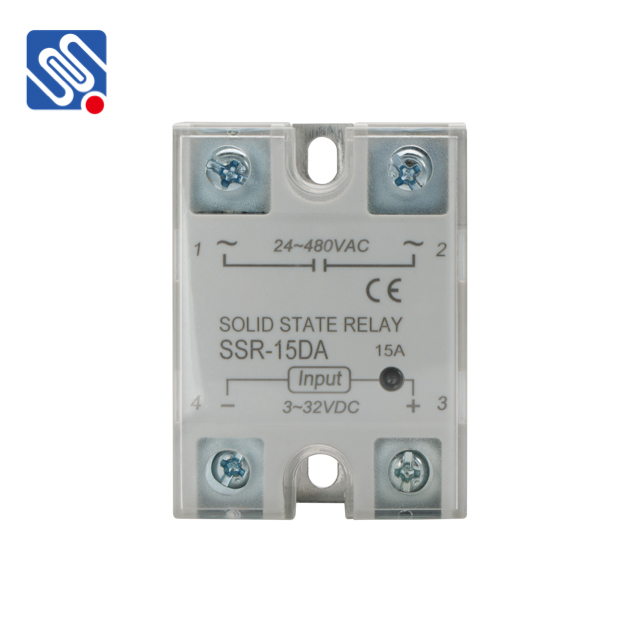Relays are fundamental components in electrical and electronic systems, widely used for switching purposes in various industries, from automation to telecommunications. These devices function by using an electromagnet to mechanically open or close electrical contacts, enabling the flow of current through a circuit. Given their importance in a wide range of applications, understanding the lifespan of a relay is critical for ensuring system reliability and performance. In this article, we will delve into the concept of relay lifespan, the factors that affect it, and the methods used to increase its durability.

What is Relay Lifespan? The “lifespan” of a relay refers to the number of times a relay can reliably operate before it begins to fail. The lifespan is generally divided into two categories: mechanical lifespan and electrical lifespan. Mechanical lifespan refers to the number of times the relay’s contacts can open and close without failure. This is determined by the physical action of the relay’s internal components, particularly the contacts, which experience wear due to repeated motion. Electrical lifespan is the number of times the relay can switch under load without experiencing significant degradation. This includes the wear on the contacts caused by arcing, which occurs when the contacts close and open under the presence of current.
Leave a Reply
You must be logged in to post a comment.